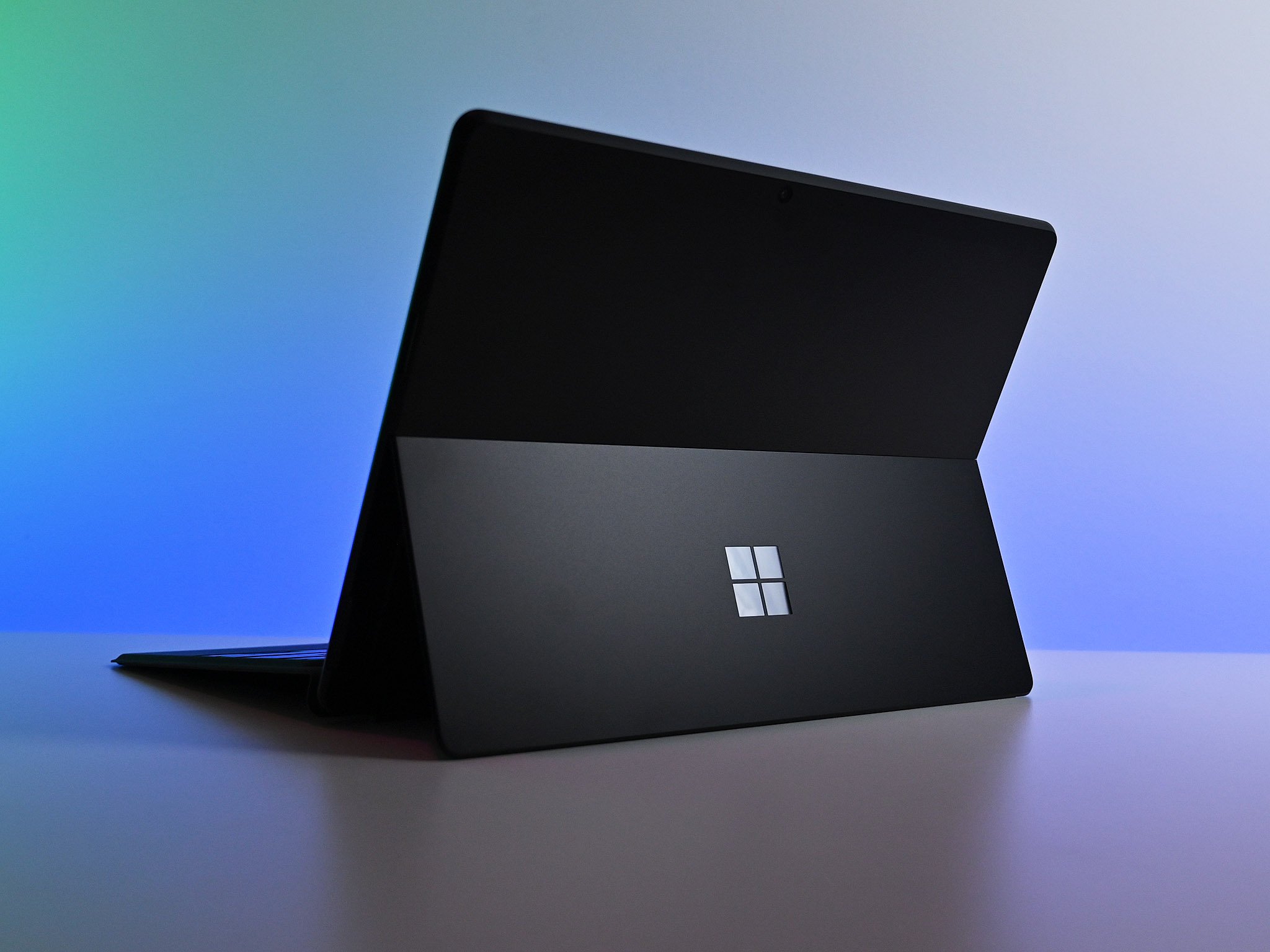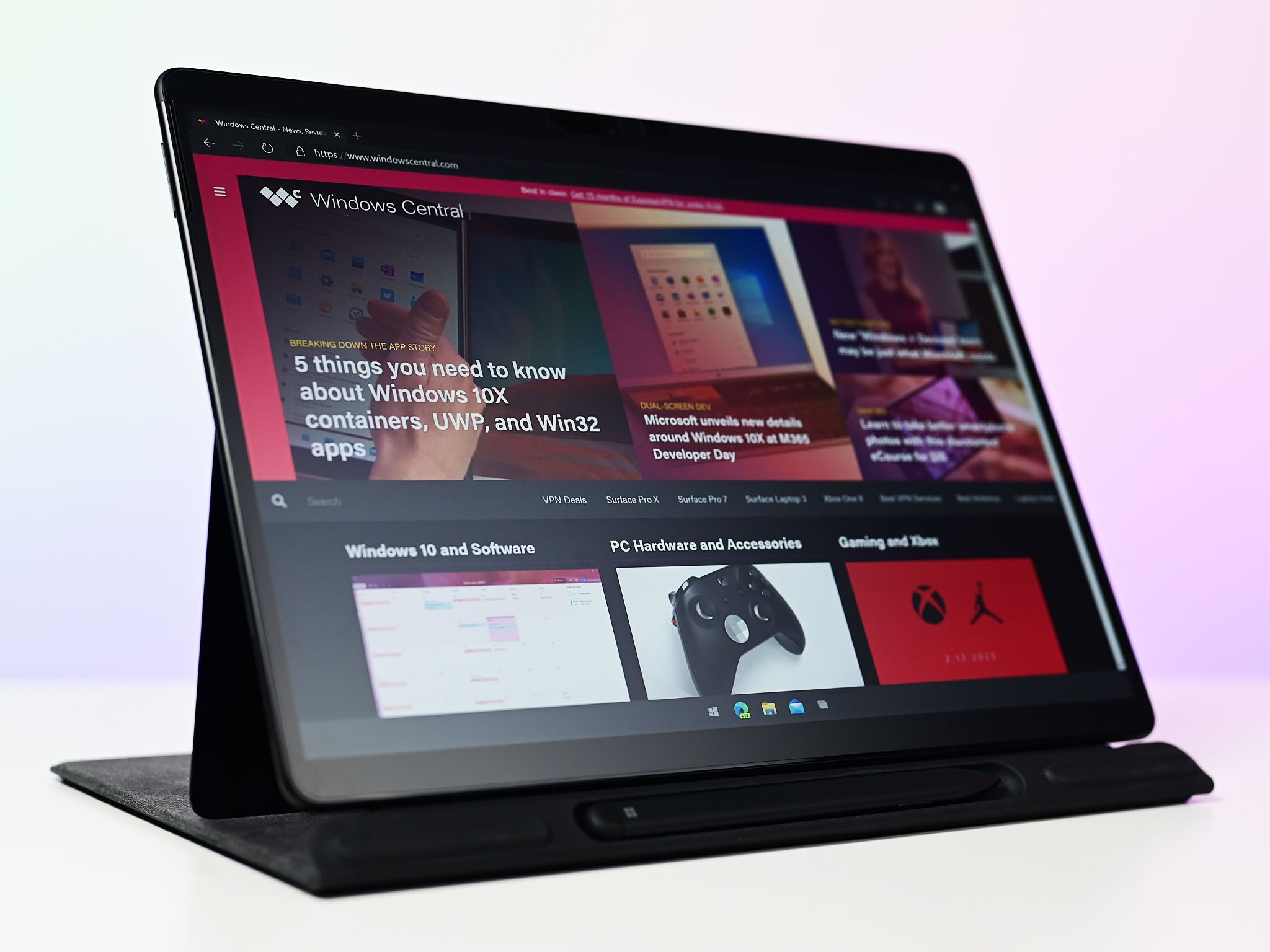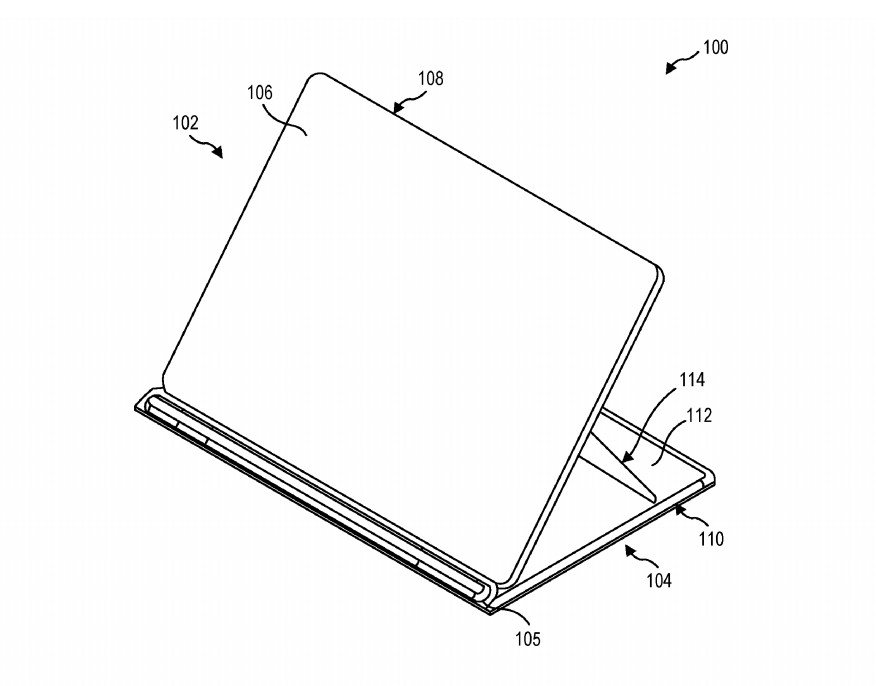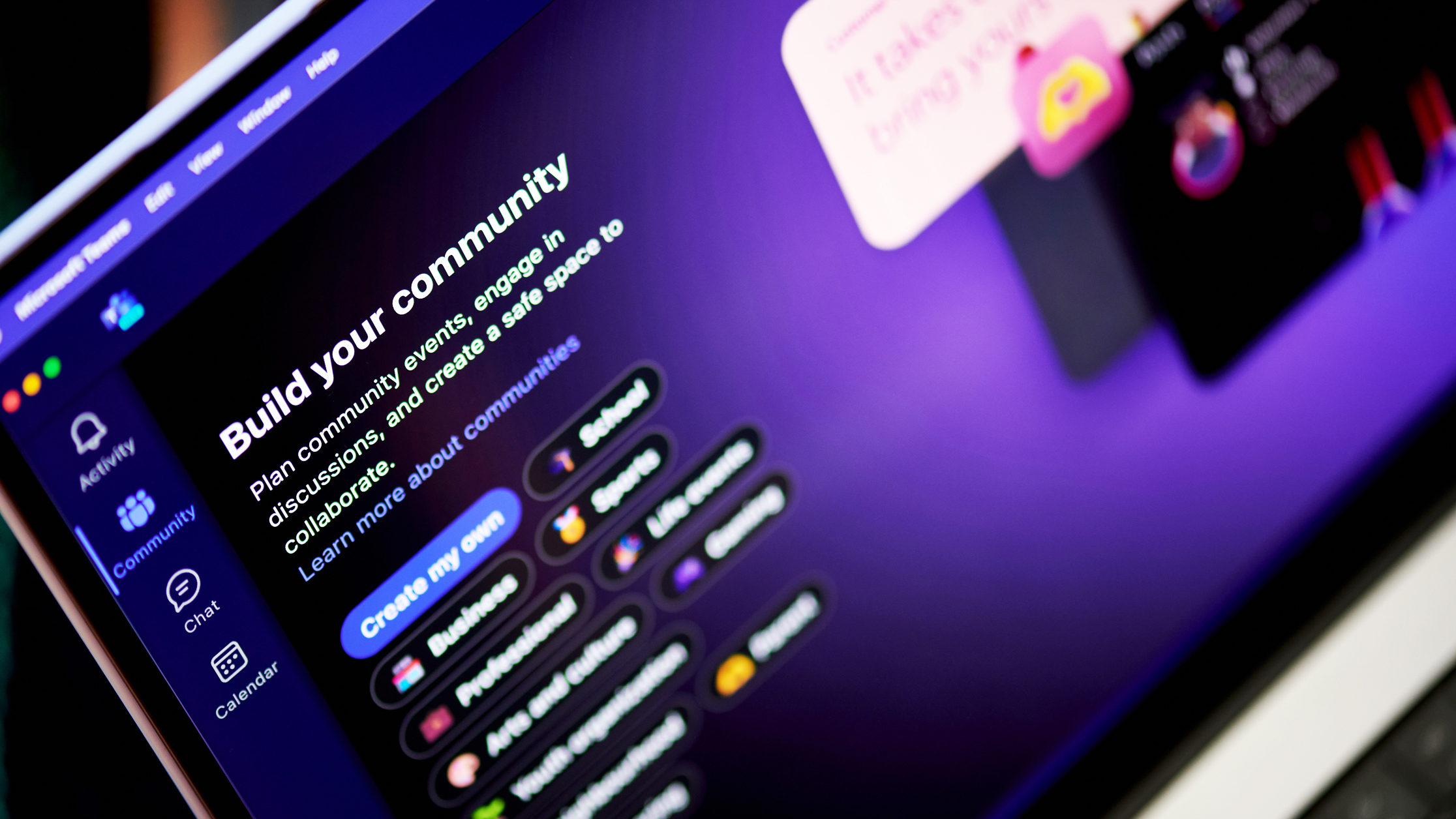Microsoft files 'airplane mode' design patent to protect its Surface Pro design
A recent patent application could help Microsoft have a say in who makes future Surface clones.

What you need to know
- Microsoft recently filed a design patent application for the "airplane mode" form factor and "magnetic hinge connection" seen in its Surface devices.
- If approved, the patent could prevent other manufacturers from emulating the form factor of the Surface Pro.
- Microsoft could then make agreements with manufacturers regarding making devices with similar form factors.
Microsoft recently filed a design patent to help protect the design of its Surface Pro and Surface Go devices. The patent application is for the "airplane mode" form factor of devices that can have a kickstand extend and rest on a keyboard that's been flipped back, and, more specifically, the "magnetic hinge connection" that lets that posture happen.
The airplane mode name likely comes from the fact that this setup could rest well on an airplane's tray table. It's not related to airplane mode on phones or disconnecting from internet connectivity.
If that design sounds familiar, it's because we've seen it on every Surface Pro from the original to the Surface Pro 7. It's also appeared in other Surface devices like the Surface Go 2. The purpose of this patent likely isn't to protect an upcoming technology but to prevent other companies from creating Surface Pro clones without Microsoft being on board.


The best Windows tablets are Surface devices, and many great devices like the Lenovo ThinkPad X12 Detachable take design cues from the Surface family. Having a patent on the form factor would allow Microsoft to have a say in which companies make Surface clones.
Microsoft isn't opposed to other companies making devices that use a form factor similar to the Surface Pro, but it's likely that the company would want to partner with those making them. If Apple creates an iPad Pro with a kickstand and Type Cover-style keyboard, that could be seen as bad news by Microsoft. The iPad Pro with a Magic Keyboard is different enough that Microsoft doesn't seem concerned.
If Microsoft is granted this patent, it could strike deals with companies that allow other manufacturers to create devices that look similar to the Surface Pro. Other companies have used similar strategies in the past, such as Apple patenting different design elements of the iPhone.
All the latest news, reviews, and guides for Windows and Xbox diehards.

Sean Endicott is a news writer and apps editor for Windows Central with 11+ years of experience. A Nottingham Trent journalism graduate, Sean has covered the industry’s arc from the Lumia era to the launch of Windows 11 and generative AI. Having started at Thrifter, he uses his expertise in price tracking to help readers find genuine hardware value.
Beyond tech news, Sean is a UK sports media pioneer. In 2017, he became one of the first to stream via smartphone and is an expert in AP Capture systems. A tech-forward coach, he was named 2024 BAFA Youth Coach of the Year. He is focused on using technology—from AI to Clipchamp—to gain a practical edge.
